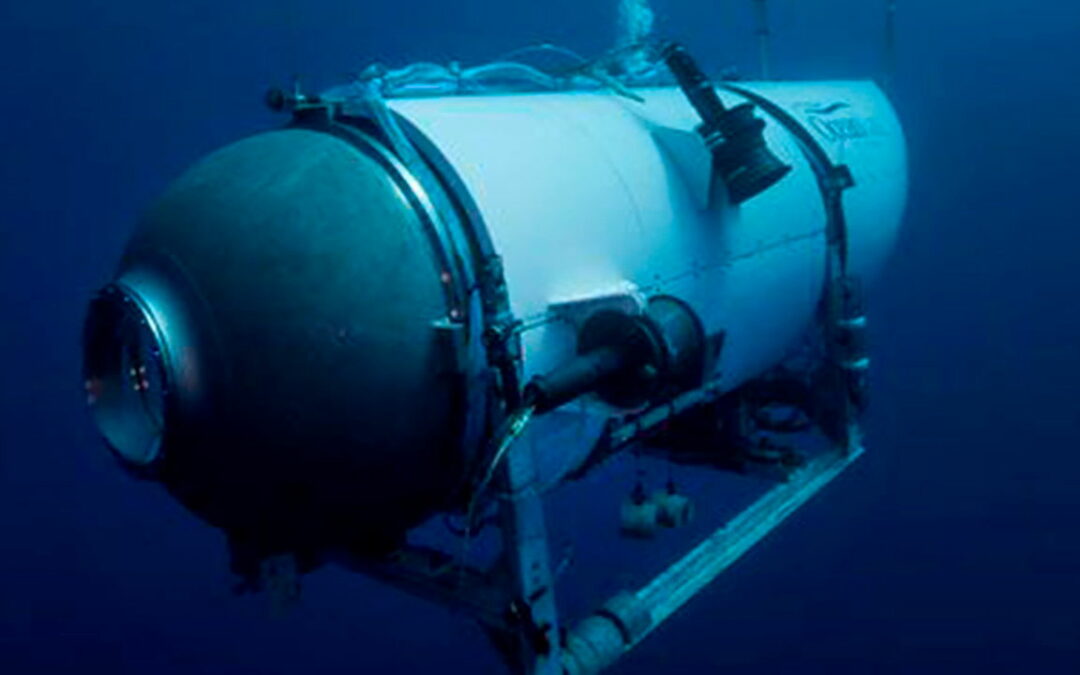IT TAKES ABOUT two hours to dive to the resting place of the Titanic, almost 4km beneath the surface of the north Atlantic. At around 9am GMT on the morning of June 18th the Titan submersible, a five-man craft built and operated by OceanGate, an American company, began its latest dive. Since 2021 the firm has run a tour of the wreck (as part of a ten-day trip costing $250,000); it has made the descent many times before. This time, one hour and 45 minutes after the sub sank beneath the surface, the support vessel lost contact with it. Five people were on board, including Hamish Harding, a British billionaire businessman, and Stockton Rush, the boss of OceanGate who regularly pilots the craft. An international rescue mission is under way. The submersible had enough air on board to last until 9am on June 22nd.
The best-case scenario is that the break in the sonar-communications link triggered one of multiple systems to force the Titan back to the surface; releasing sandbags to reduce its weight or inflating airbags. If that has happened, the submersible would already be on the surface of the ocean, waiting to be found. So far, American and Canadian coast guards have found nothing, despite trawling the surface with advanced reconnaissance planes.
The other scenarios are grim. The Titan might have sprung a leak, which would have caused immediate implosion, crushing the craft and its five passengers. Or it might have got caught on something in the depths that prevented its resurfacing mechanisms from working.
That would be a worse fate for the passengers than implosion. The submersible was well on its way to the sea floor when communications were lost, and so was probably at a depth of several thousand metres. Electromagnetic waves do not travel easily through water, meaning no method of communication other than the broken onboard sonar is possible. And even if the submersible were found by spraying the area around the Titanic with sound and listening for reflections from a Titan-sized object (some banging sounds were heard using basic sonar on Tuesday), without another craft capable of diving to those depths there would be little rescuers could do to bring it back to the surface.
None of the handful of crewed submersibles that can dive deep enough to reach the Titan is close enough to do so before those trapped on board would run out of air. But there are now several vessels in the area with robots on board which could reach the required depth. One of those robots could, in theory at least, either untangle the Titan so that it can ascend to the surface, or attach a cable that allows it to be winched up. Even if the rescue crews know where Titan is, putting such an operation into action before its air runs out would be a tall order.
If the submersible has floated to the surface, there is still a race against time to find it. By design, the vessel can be opened only from the outside. And, to survive the trip to the Titanic’s resting place, it must be utterly airtight. ■









